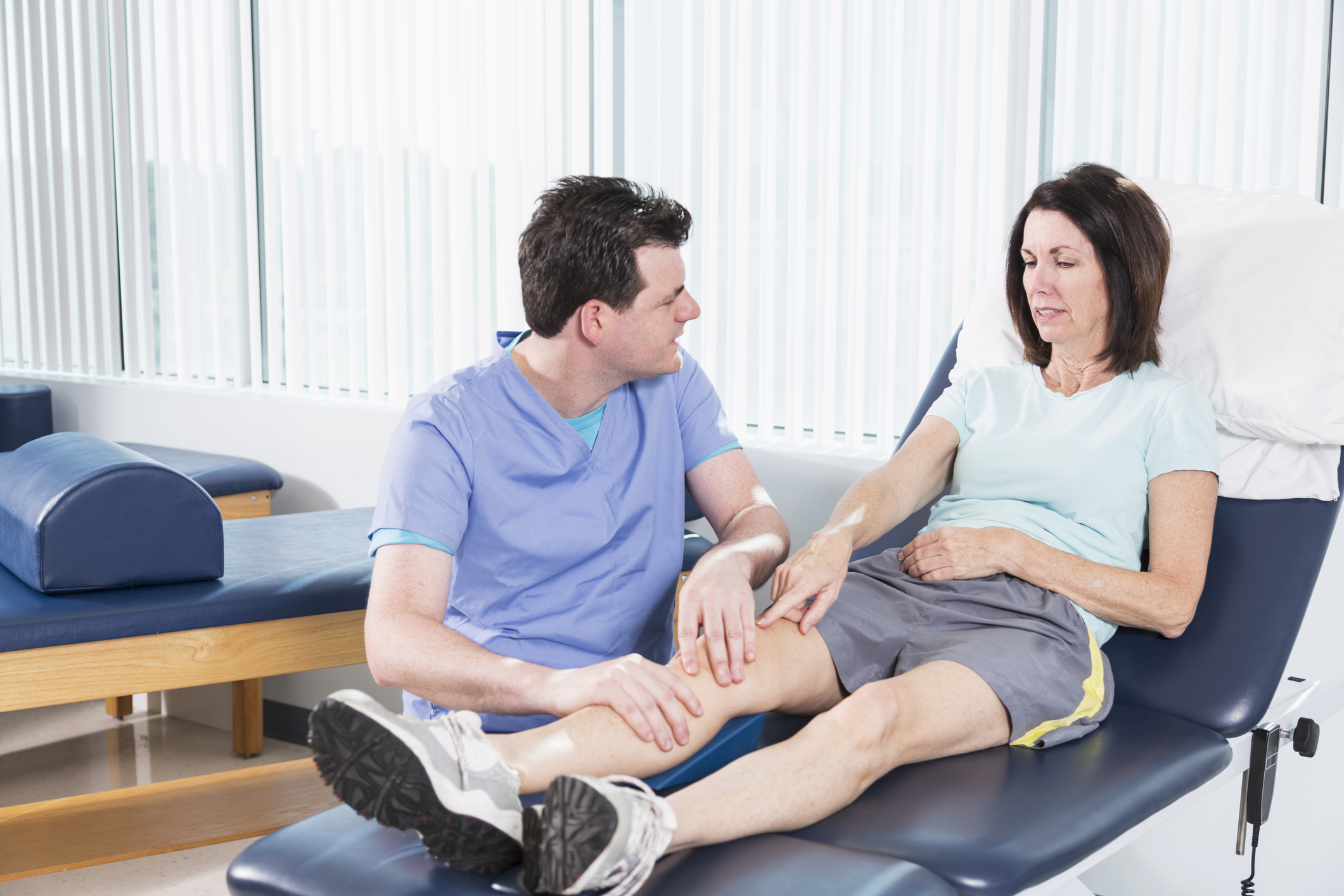Get Easy Health Digest™ in your inbox and don’t miss a thing when you subscribe today. Plus, get the free bonus report, Mother Nature’s Tips, Tricks and Remedies for Cholesterol, Blood Pressure & Blood Sugar as my way of saying welcome to the community!
4 ways to kill knee pain and avoid surgery

The effects of knee pain are many and often life-changing for the worse. This is why I offer natural solutions in this article, as well as last week’s. Please consider putting these options to use before even thinking about orthoscopic or reconstructive knee surgery. They have proven to be largely unsuccessful, and useless, in studies and patient reports. Exhaust all other means before discussing surgery in a serious way, and with so many natural solutions available, relief should not be far away.
Improving your diet
Diet is a contributor to inflammation and pain, and also can help reduce it. An anti-inflammatory and pain-reduction diet is easy, tastes great, is healthy and should include:
- Green leafy vegetables – collard greens, spinach, kale, Swiss chard, rainbow chard, turnip greens, and mustard greens.
- Fish, Fish oil, Seafood – Omega-3 fatty acids (in seafood or supplements), salmon, tuna, sardines, herring, trout, and mussels.
- Thermogenic spices – garlic, ginger, turmeric, mustard, cayenne, onion, cloves.
Diet is a long term plan for prevention of inflammation and reduction of pain because it takes a while for the foods to build up enough in the system to effect change. So start right away and continue your anti-inflammatory food lifestyle change!
Supporting the joint
Because there are so many things that intersect and cross the knee joint, keeping the upper and lower muscles in balance is essential to retain a strong structure, and reduce unnatural movement. When there are imbalances in the musculature of the calf, thigh and hamstring muscles, the knees can be pulled unnaturally to one side while being much weaker on the other. This occurs when ones quadriceps are over-developed but their hamstrings are weaker, or when their calves are too tight or too weak, and either create strain by pull or cannot match the larger thigh muscles in carrying a load or moving the body. You can learn an easy exercise to help balance the knee structures here.
Exploring the emotional component to pain
Pain occurs for more reasons than just physical strain. If not, how does one explain the sudden knee pain or low back pain of a person who sits all day at work and at home, and does not engage in strenuous activities? The problem is that many people, and physicians, don’t acknowledge or simply ignore the emotional, psycho-somatic causes of pain. And yet, it is more prevalent than you’d think, and can be classified as Tension Myositis Syndrome (TMS).
TMS is a musculoskeletal neurological disorder created by the mind and emotions that changes one’s physiology and causes pain and other symptoms. Essentially, it is believed that stress and repressed emotions like anger and anxiety are the root cause of chronic pain and a host of other disorders like tension headache, fibromyalgia, irritable bowel syndrome (IBS), constipation, arm pain, temporal mandibular joint dysfunction (TMJD) and tinnitus (ringing in the ears).
TMS case studies show that as the emotional components are dealt with successfully, the physical ailments that were heretofore intractable disappear almost instantly. The TMS diagnosis offers the potential to powerful tool for relief of chronic pain. Please learn more about TMS in an article I wrote about it here.
If needed, lose some weight
Whether you are very overweight or just a little heavy, losing weight will decrease knee pain, improve knee joint function, and reduce inflammation because it recused the load placed on the joint. Each pound of body fat equals about five pounds of load on the joints. So losing even a little weight will help immediately, and losing 10% of your body weight or more (when healthy to do so), can bring great results.












